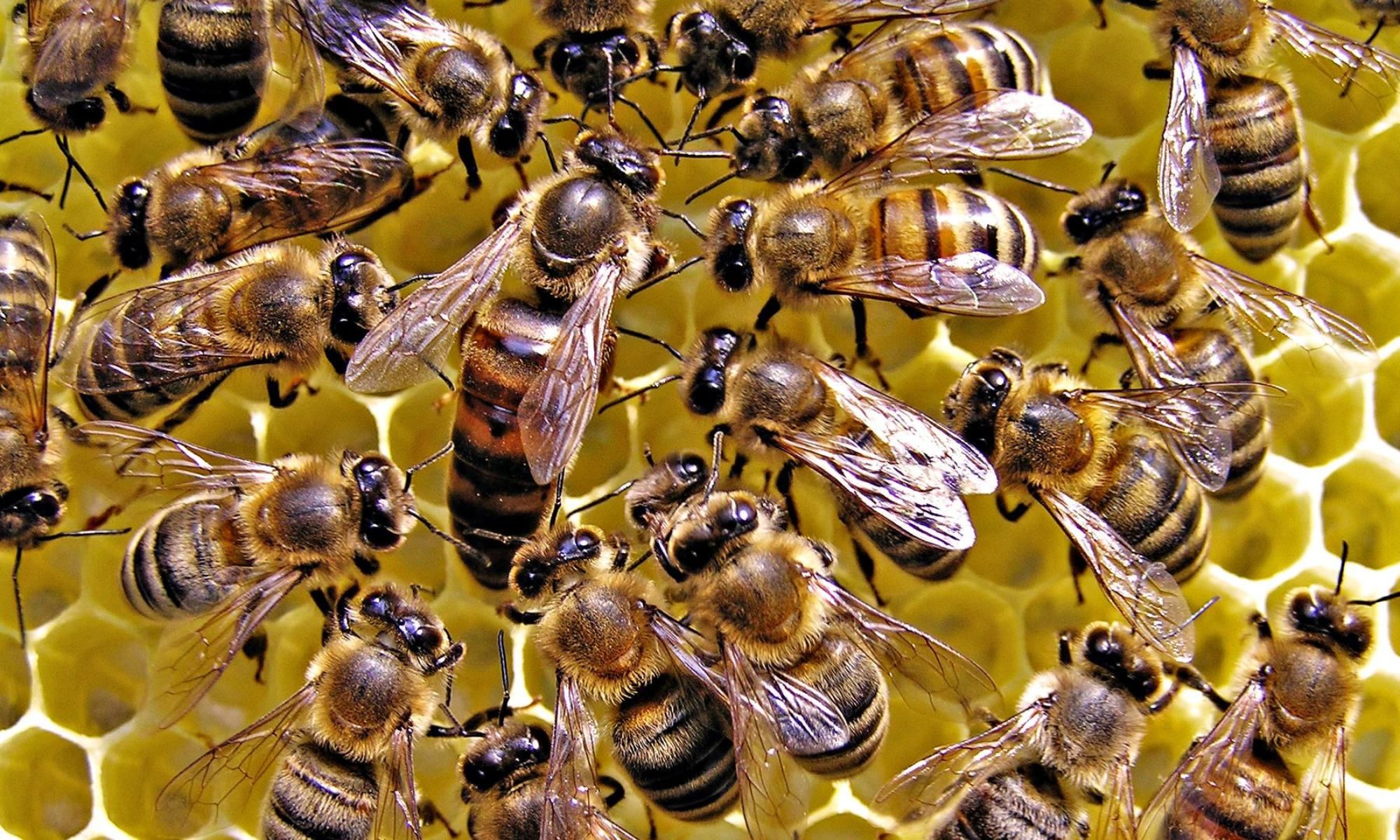Despite queen bees having a much longer lifespan than workers, they still die from age eventually. But there are circumstances where the queen dies even earlier than anticipated. This can be detrimental to the profits of beekeepers, who require healthy, thriving colonies in order to reach a quota of honey. Fortunately, there are ways to fix this problem: requeening the hive or simply waiting for the bees to produce another queen bee.
Requeening can be quite random, as the beekeeper must observe how the workers will respond to the new queen. The queen is placed in a requeening cage and left in the hive. At first, they will begin swarming her, attempting to harm it, as they are not familiar with the new pheromones produced by the queen. Over time, they will begin to accept her, and after they have subsided, the queen can be released from the cage and will begin her duties as a queen. However. the workers may not accept her and may continue to harm her. In these circumstances, the queen must be removed and a new one will need to be used.
Waiting for the new queen is a more natural method, but requires more time, usually employed by wild bee colonies. When the queen bee is dead, the workers will automatically begin making a queen chamber in which new queen larvae can be raised. These larvae are fed copious amounts of royal jelly, a special food produced by the workers, up to the point where they are swimming in it. These larvae will eventually emerge as virgin queen bees and will fight each other in order to become the only remaining queen before leaving the hive, mating with drones from other colonies, and returning.
